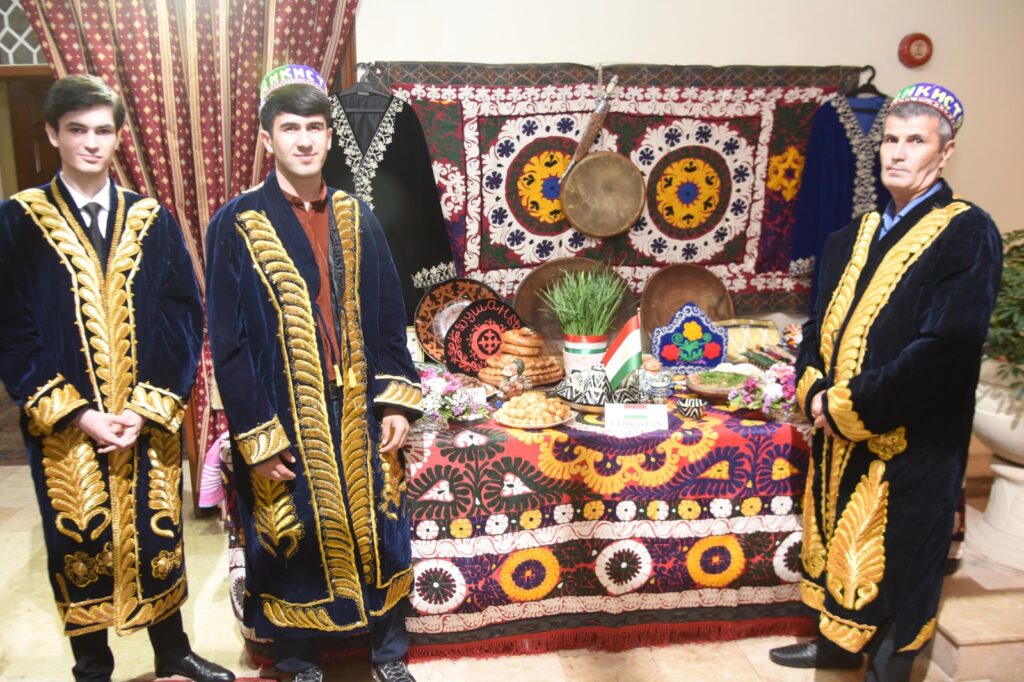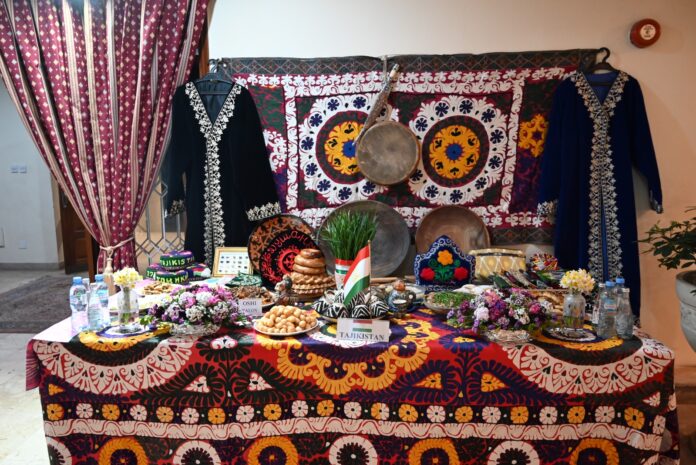Spokesman Report
Nowruz, which marks the beginning of the Persian New Year and the arrival of the spring, has been celebrated for thousands of years.
 It heralds the beginning of the spring and is celebrated across the Persian-speaking countries and communities in Iran, Republic of Azerbaijan, Uzbekistan, Afghanistan, Pakistan, Tajikistan, Turkmenistan, and parts of Turkey, Iraq, Kyrgyzstan, Kazakhstan, and India.
It heralds the beginning of the spring and is celebrated across the Persian-speaking countries and communities in Iran, Republic of Azerbaijan, Uzbekistan, Afghanistan, Pakistan, Tajikistan, Turkmenistan, and parts of Turkey, Iraq, Kyrgyzstan, Kazakhstan, and India.
Iranians prepare for Nowruz for weeks ahead of the event by spring cleaning and buying new clothes, especially for children, and items they need for the New Year.
They celebrate the last Wednesday of the year, known as Charshanbe Suri, with fireworks and bonfires.
On the eve of the New Year, Iranian families get together and eat Sabzi Polo Mahi, or herbed rice with fried fish.
Iranians usually start the New Year with prayers and reciting verses from the holy Qur’an as well as divination by the poems of Hafez.
They set the symbolic Haft Seen table, which includes seven items that start with the sound “s” in Farsi.
 Iranians say there is a history behind each element. Serkeh, or vinegar, symbolizes patience and immortality, sumac brings love and compassion, Seeb, or apple represents health and fertility, Senjed, silverberry, simulates love and affection, Sabzeh, green sprouts, symbolizes rebirth, Seer, or garlic, is a symbol of protection in the face of affliction, and Samanu, a sweet paste made from germinated wheat and wheat flour, represents affluence.
Iranians say there is a history behind each element. Serkeh, or vinegar, symbolizes patience and immortality, sumac brings love and compassion, Seeb, or apple represents health and fertility, Senjed, silverberry, simulates love and affection, Sabzeh, green sprouts, symbolizes rebirth, Seer, or garlic, is a symbol of protection in the face of affliction, and Samanu, a sweet paste made from germinated wheat and wheat flour, represents affluence.
During the 13-day holidays, Iranians usually journey across the country or prefer to stay at home and visit their families and relatives nearby.
The holidays culminate in Sizdah Bedar, which is literally translated from Persian to “the 13 day out” which has its roots in triskaidekaphobia, fear of the number 13 as bad luck.
People go outdoors in Sizdah Bedar, or Day of Nature, and camp out to chase away the bad luck and bring in good vibes instead.
About 300 million people worldwide celebrate Nowruz, with traditions and rituals that slightly vary in each country.
At the initiative of several countries that share the event, including Iran, Afghanistan, India and Turkey, the UN in 2009 listed Nowruz as an international event.



